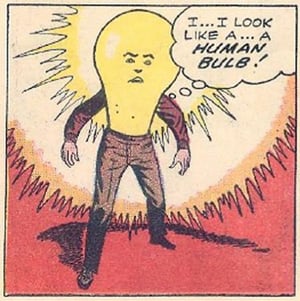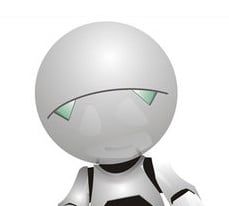What if there’s clouds?
On the bright side, the odds of catching an eclipse would go way up.
Also the Earth would probably be pulled apart under the gravity of all those moons, which will likely solve many of the present day issues so let’s not rule that out as an option is all I’m saying.
Checking here https://en.wikipedia.org/wiki/Apparent_magnitude the sun is listed as “about 400,000 times as bright as mean full Moon” so pretty accurate.
How much brighter is it than a nice full moon?
You do know the moon doesn’t generate its own light, right?
Apparent magnitude DGAF
A mirror doesn’t generate its own light either, but would you try shooting a weapons grade laser into one and pointing it at one of your eye sockets?
I wouldn’t compare the brightness of a laser to a reflection of itself. That’s the issue I’m seeing.
Why not? There’s a bunch of applications where that is a requirement.
The Lunar Laser Ranging experiments are a fun one, I think. Scientists shoot lasers at mirrors placed in the moon and measure the trip time of light to calculate the distance of the moon to the millimetre.
However:
Out of a pulse of 3×10E17 photons aimed at the reflector, only about 1–5 are received back on Earth, even under good conditions.
Pssh! You still believe in the moon?
AKA: The Sun is 455,000 times brighter than 1/455,000th the brightness of The Sun.
That’s what I was getting from this, yes.
Reminds me of that thing that said the moon is better than the sun because the sun shines light during the day, when we don’t need it, but the moon shines light at night when it’s more useful, even if it’s not as bright.
I think it’s a joke, but these days I just don’t know.
We don’t need our SREs; the website is running fine
Wonderful use of negative space
I’m glad you’ve found an upside to this fiasco.
Okay, so the Moon weighs about 0.012 Earths. The Sun weighs about 333,000 Earths. Meaning the Sun is about 27.75 million Moons. Clearly, then, we can’t assume they mean that 455,000 Moons would collapse into a star and be just as luminous.
So now what I’m wondering is: does ~1/455,000 of the Sun’s light hit the Moon? That can’t be true at all, right?
They’re using luminosity from the perspective of Earth. In our sky, the sun is 400k times brighter than the full moon
Oh, interesting! I’m actually surprised it’s that low.
I’m guessing this was more the reality:
“Boss, we have one more panel to fill. What do I put there?”
“Deadline’s in an hour. Just put some shit in about the moon and send it to press.”







